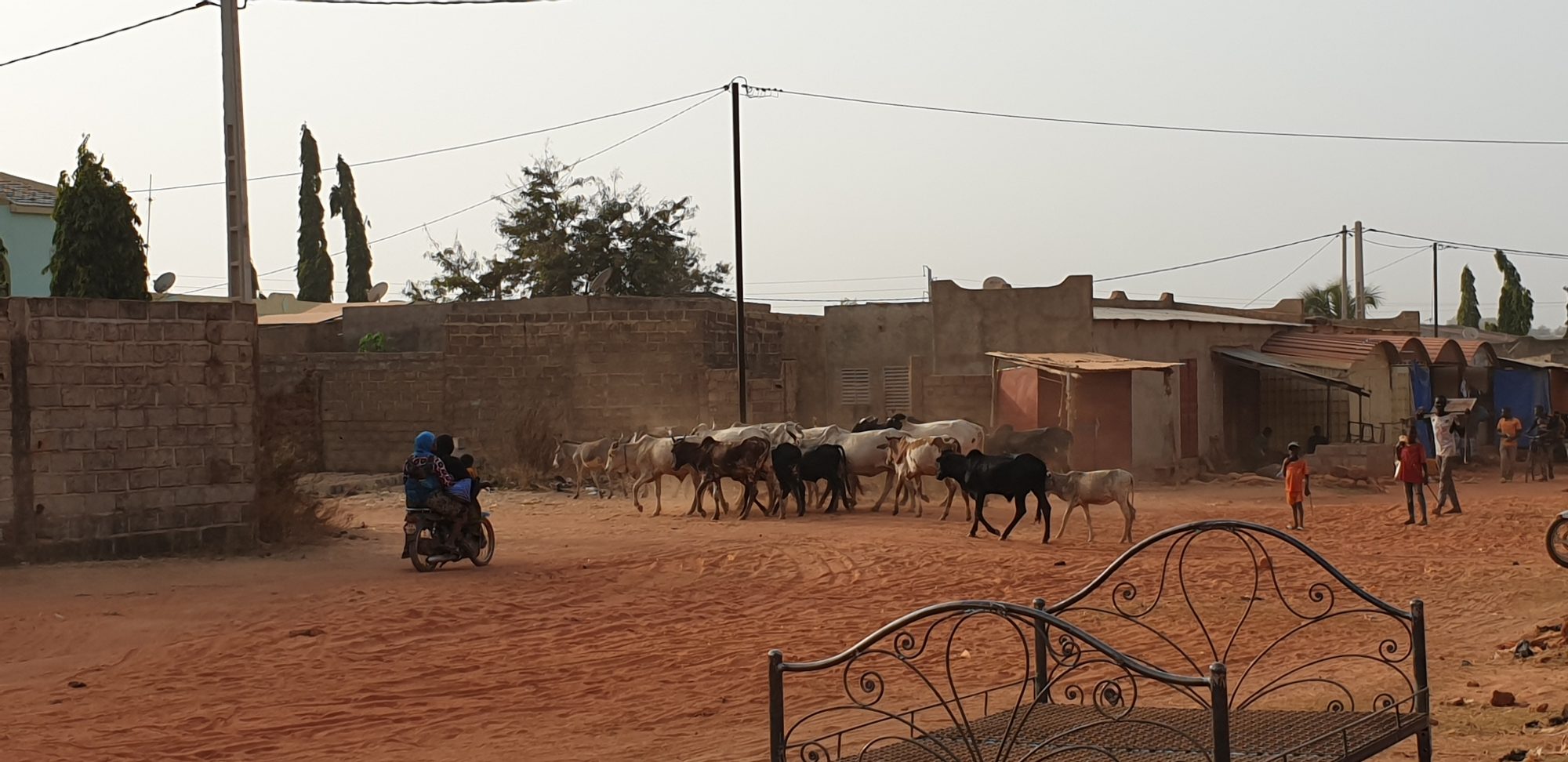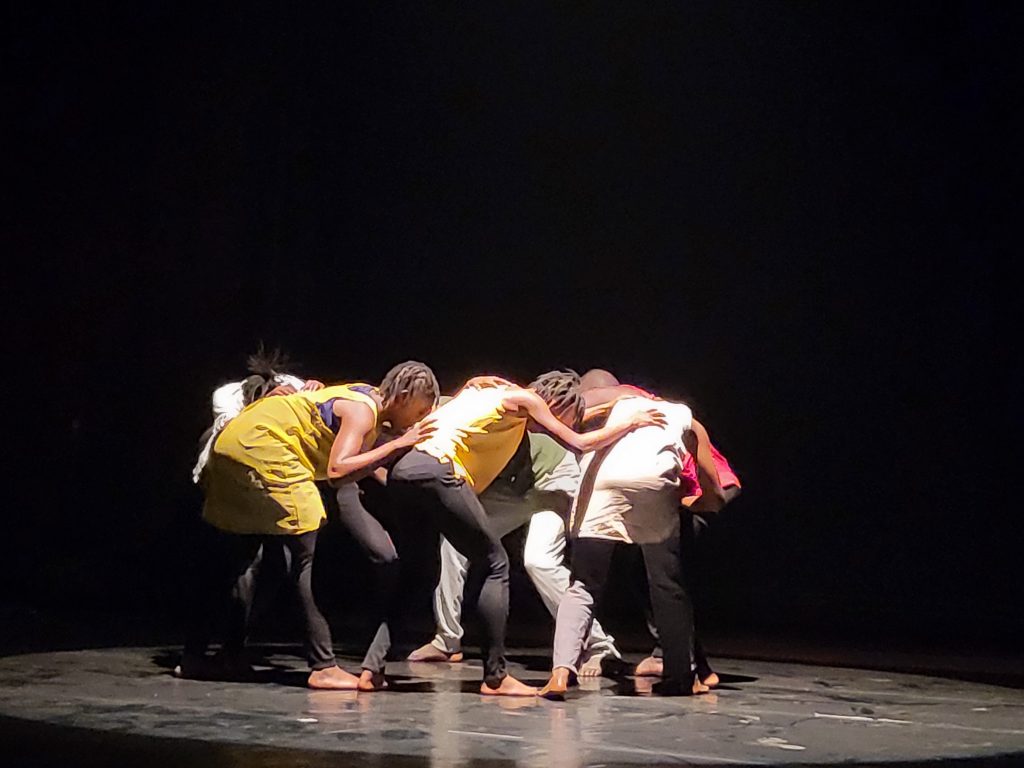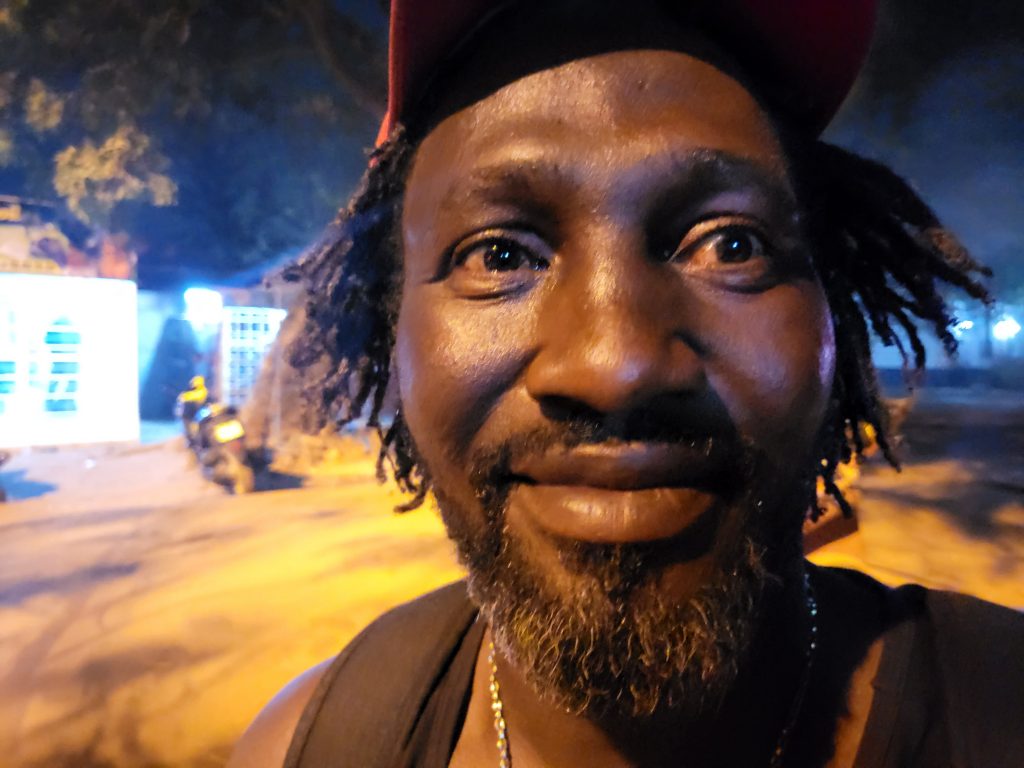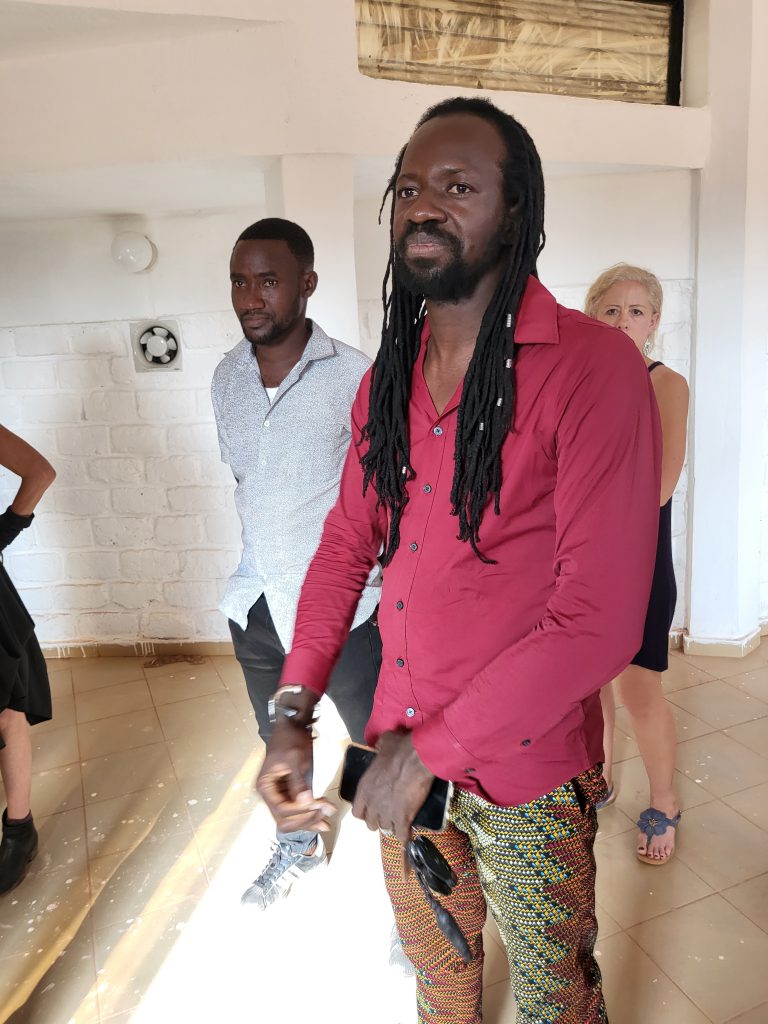Burkina Faso is one of the poorest countries in Africa and indeed the world. Despite a recent military coup, it is the venue for a dance festival that allows guests to gain deep insights into the mentalities of the African dance scene. On stage, people argue, dance, and forge new partnerships. Europe has funded this festival – so that it may approach the scene on an equal footing.

Africa is not for the faint of heart
Dance in Africa is more daring than elsewhere. Because no one helps no one. People also like to say: Africa is not for sausages. Because there is no funding, no insurance, hardly any audience. And yet the dance scene is professionalizing with giant strides. That’s why, when you visit Burkina Faso, you experience more than just drought and jihadists. You also experience the freedom that it means to make art here.


